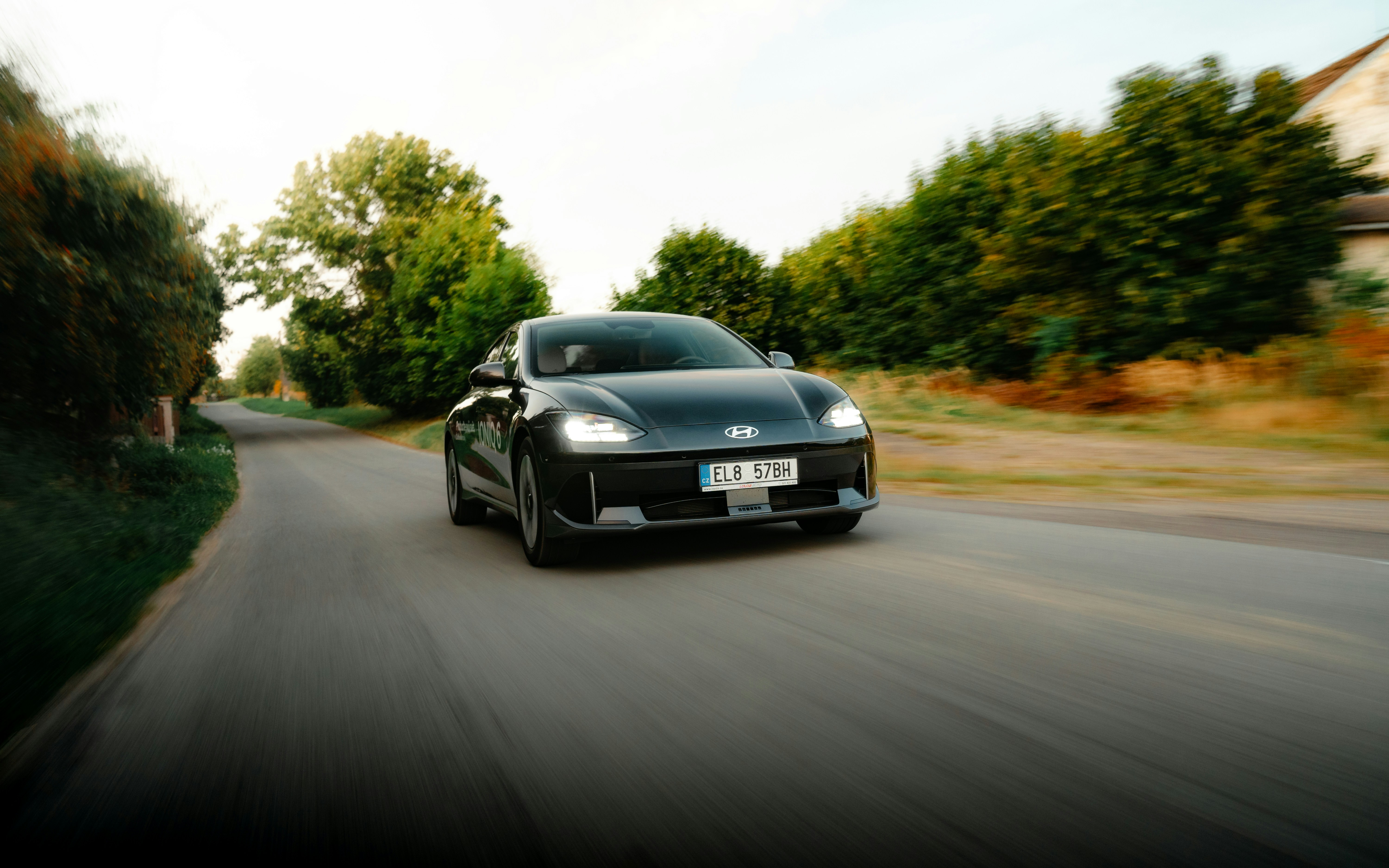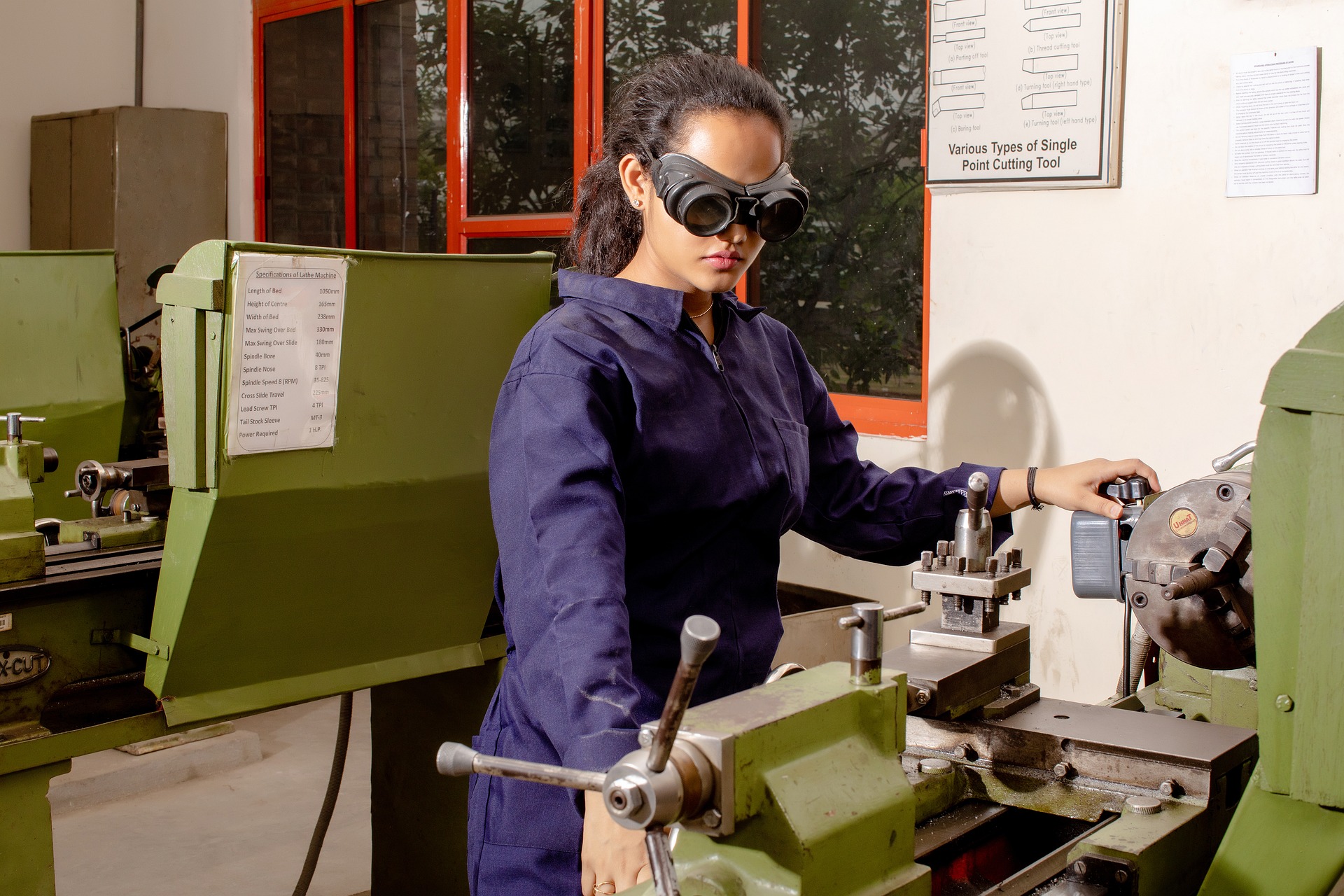Decoding the Intricacies of Torque Vectoring: A Game Changer in Automotive Handling
The roar of the engine, the rush of adrenaline, and the thrill of mastering a sharp turn with exceptional precision—it's all part of the allure of driving. Welcome to the world of torque vectoring, a revolutionizing technology that's reshaping the way vehicles handle on the road.

Unmasking the Phenomenon: What is Torque Vectoring?
Torque vectoring, in its simplest definition, is a technology that allows the distribution of torque to individual wheels. This ability enables the car to manage traction and stability better, especially during high-speed maneuvers or when navigating sharp turns.
Historically, differential systems were used to manage power distribution between wheels. However, these systems were often limited, unable to distribute power asymmetrically. This limitation posed a problem, especially when the vehicle was cornering, causing understeer or oversteer.
In the late 1980s, advancements in technology and control systems led to the birth of torque vectoring. The technology was first introduced in the world of motorsports, where handling and traction are paramount. Over time, it has filtered down to production cars, revolutionizing the way we experience driving.
The State of Play: Current Trends and Insights
Today, torque vectoring is not just a high-end feature available only in premium sports cars but is gradually becoming a standard feature in many models across segments. With the continuous advancements in electronic controls and software, the technology is becoming more efficient and sophisticated.
The industry has witnessed a paradigm shift from purely mechanical torque vectoring systems to electronic and hybrid systems. These advanced systems can monitor various parameters like the steering angle, wheel speed, and throttle position to determine the optimal torque distribution.
The Impact: Changing the Game of Vehicle Handling
The introduction of torque vectoring has had a profound impact on vehicle handling and safety. By controlling the amount of torque sent to each wheel, the technology can significantly reduce understeer and oversteer, making the vehicle more stable and easier to control.
Moreover, torque vectoring improves traction, which is particularly beneficial in slippery conditions. The system can detect when a wheel is about to lose grip and redistribute the torque to other wheels, maintaining stability.
However, integrating such a sophisticated system into a car comes with challenges. The technology adds complexity and cost to the vehicle. Also, it requires precise calibration to ensure the system works seamlessly with other vehicle systems.
The Future: Torque Vectoring and Beyond
Despite the challenges, the future of torque vectoring looks promising. With the ongoing advancements in artificial intelligence and machine learning, the next-generation torque vectoring systems could become more intelligent and adaptive.
Such a system could analyze the driving conditions in real-time and predict the optimal torque distribution even before the driver initiates a maneuver. This predictive capability could further enhance vehicle safety and handling, making driving more enjoyable and less stressful.
The Reshaping of the Automotive Landscape
Torque vectoring is more than just a technology—it’s a revolution in vehicle handling and performance. By turning the wheels not just physically but also ‘digitally,’ it has reshaped the way we experience driving.
From motorsports to everyday commuting, torque vectoring is making a significant impact. It’s a testament to the power of engineering and innovation in enhancing driving safety and enjoyment. As the technology continues to evolve, it promises to keep us on the edge of our seats, anticipating the next big leap in automotive handling.
As we journey through the world of torque vectoring, it’s clear that the automotive industry is more than just machines and horsepower. It’s about the relentless pursuit of perfection, the drive to innovate, and the passion to create an unparalleled driving experience.





